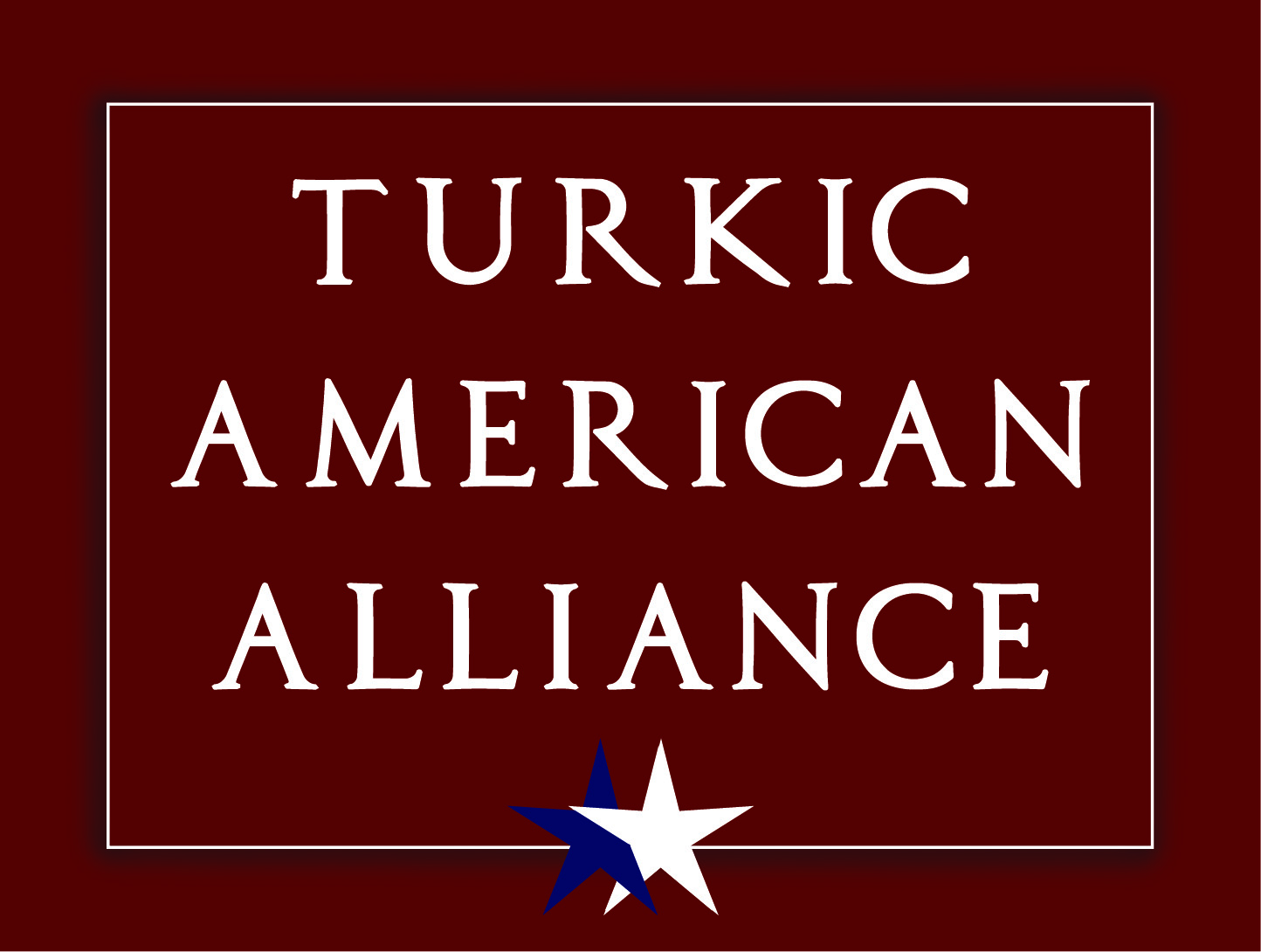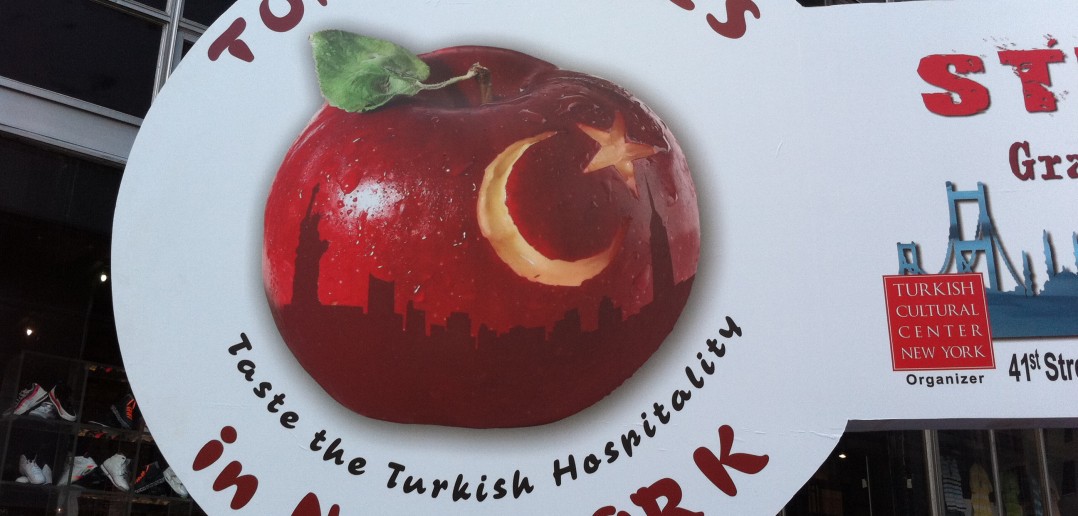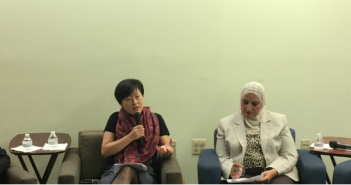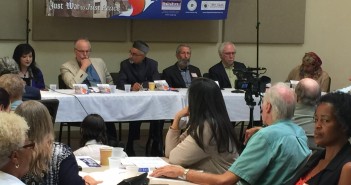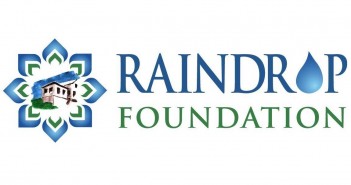Turkish Days in New York, the biggest Turkish festival to have been organized in New York so far, has started in Grand Central Station, used by half-a-million New Yorkers on a daily basis.During the one-week festival, New Yorkers will have the opportunity to try out various Turkish treats and delicacies, from Turkish coffee to lokum, a candy known as Turkish delight in the West. A street market and a Turkish film festival are also being organized as part of the event. Zafer Akin, head of the Turkish Cultural Center’s (TCC) New York branch says: We believe that the festival will be much more energetic this year. The interest shown in the festival today is the most obvious indicator. Last year, we reached about 200,000 New Yorkers. This year, we plan to reach 500,000 people.
Vanderbilt, one of the main halls at Grand Central Station, has been redesigned for the festival. The terminal now has a completely different ambiance with two giant two-dimensional photographs of Istanbul’s Yeni Cami mosque. Stands introducing traditional arts and crafts have been set up, with ushers in various styles of clothing symbolizing the many civilizations that were established in Anatolia. Many passer-bys had their pictures taken with ushers dressed as Ottoman sultans and janissaries on the first day.
Similar to last year, festival goers can enjoy various folk dances from different regions of Turkey and listen to mini-concerts featuring Turkish folk songs. The TCC said the Grand Central event is the most important leg of Turkish Days in New York.
Last the year, the festival activities here at Grand Central attracted much attention. The interest was so great that station officials requested that we use the hall for one more day. This year, the activities here will go on for two days because we think this is a great opportunity to promote our country, as said Akin.
There are 16 tents with Iznik tile patterns that showcase traditional arts such as calligraphy, ebru (marbling), traditional puppet shows known as Karagoz, meerschaum carving and the making of traditional clogs. One the festival’s biggest hits last year was the sema — popularly know as the whirling dervish — ritual.
